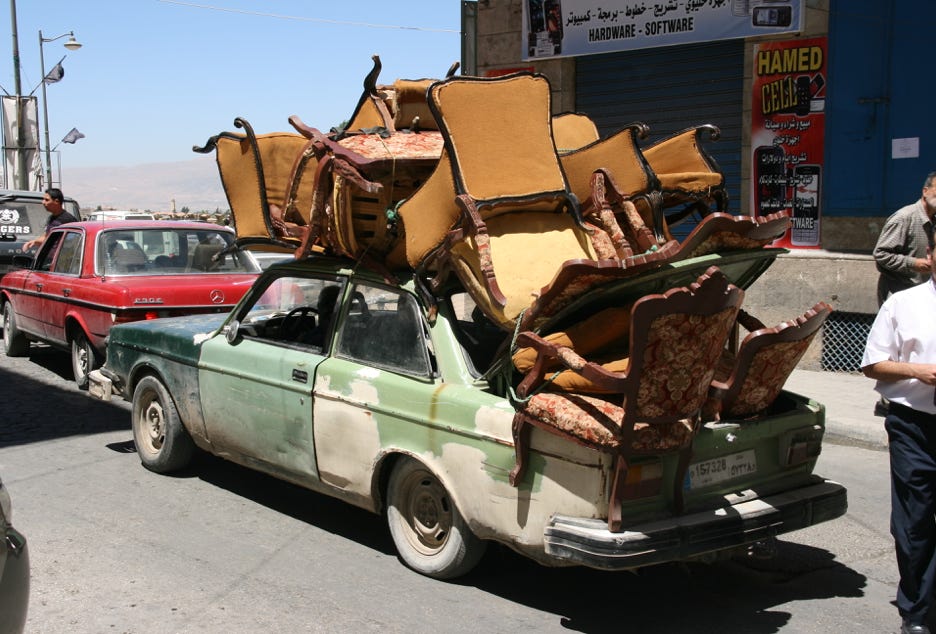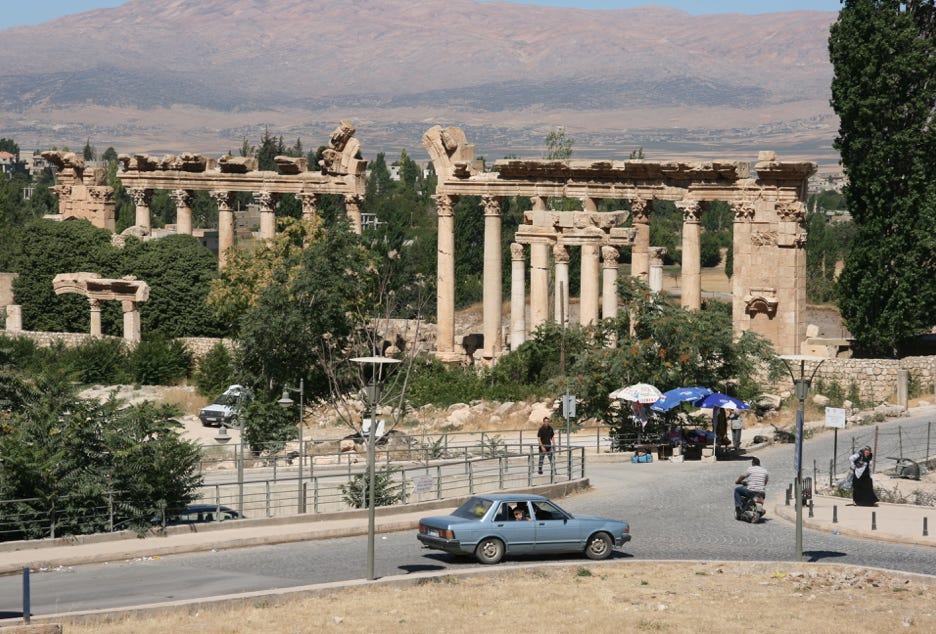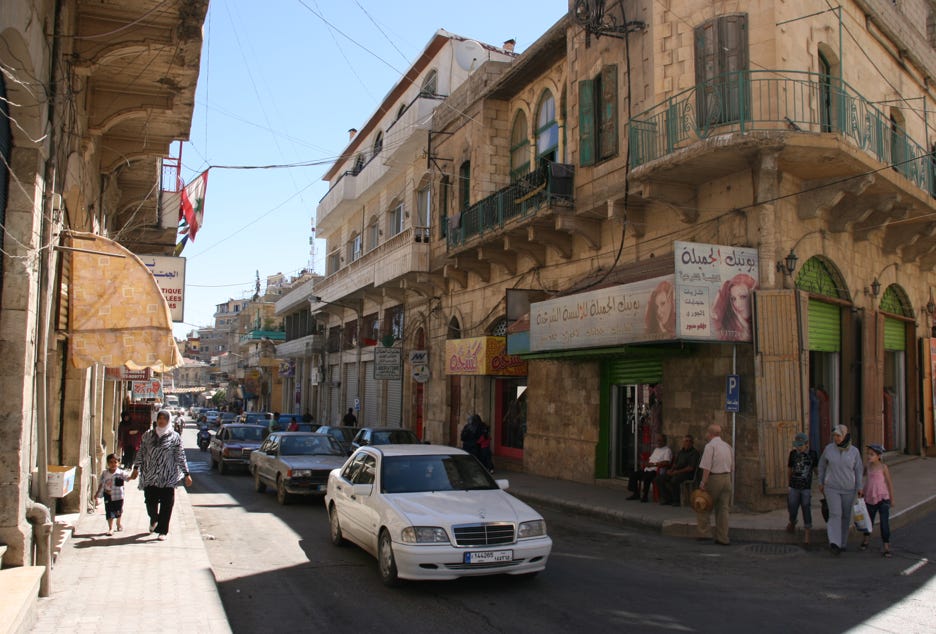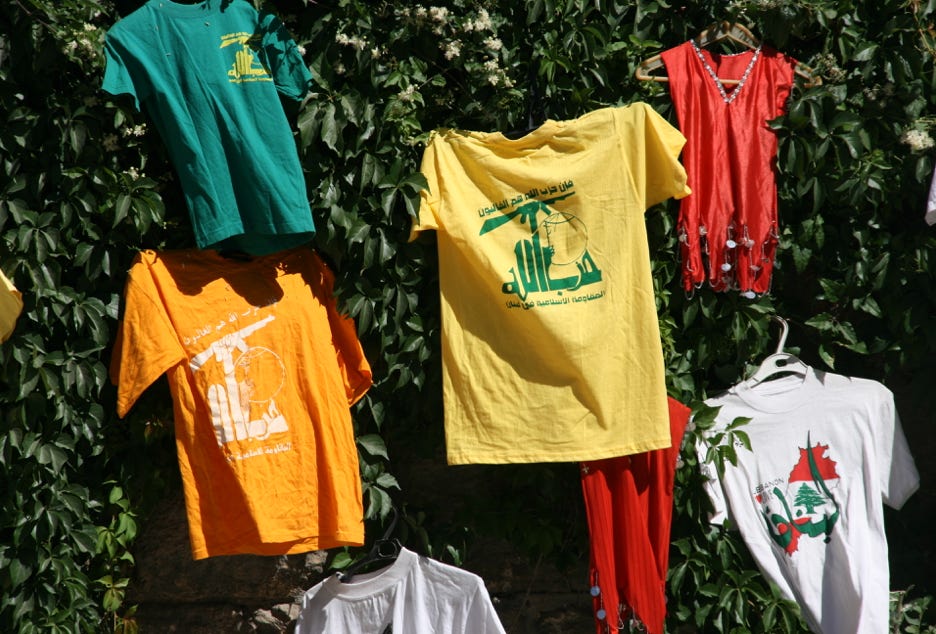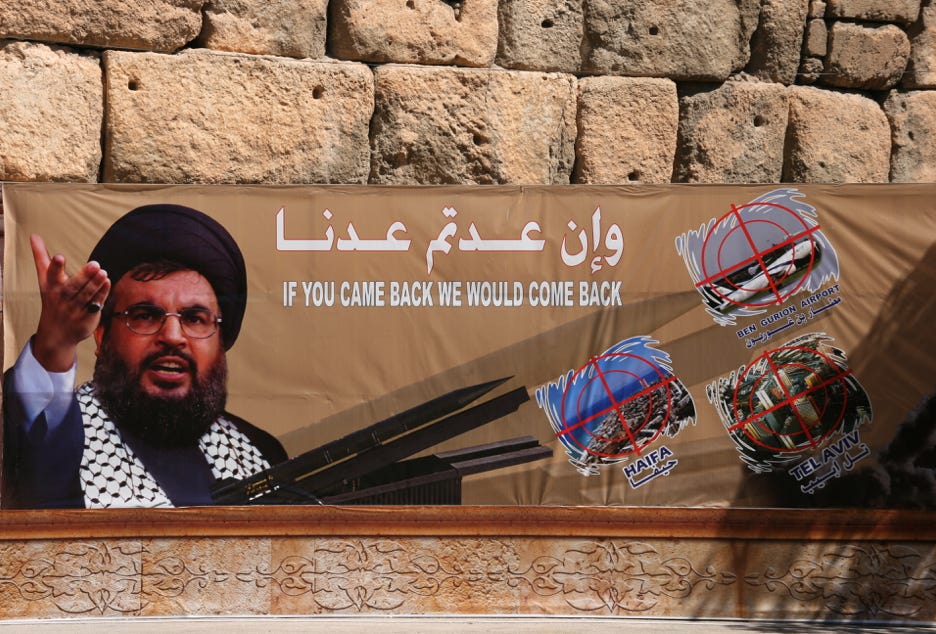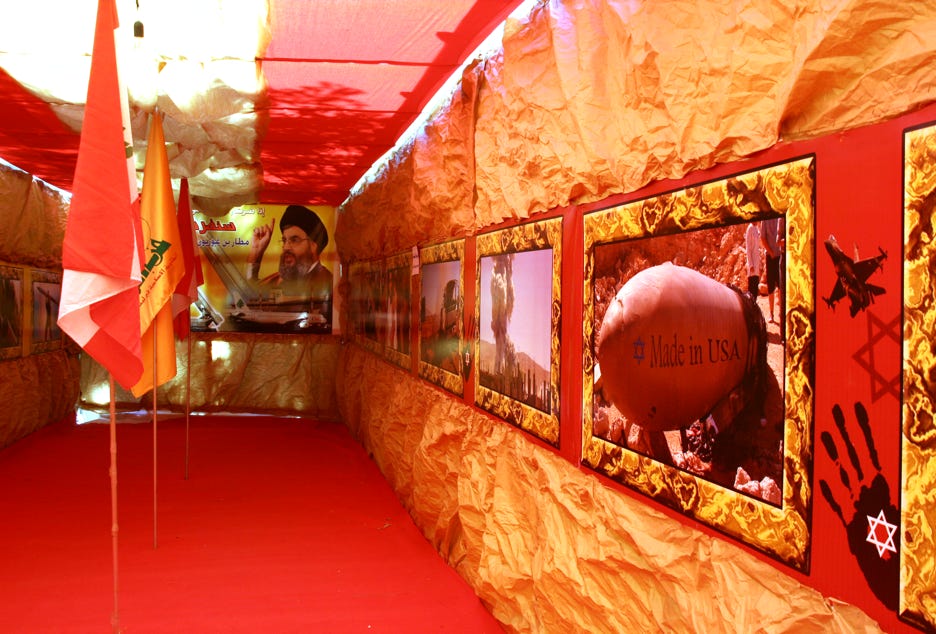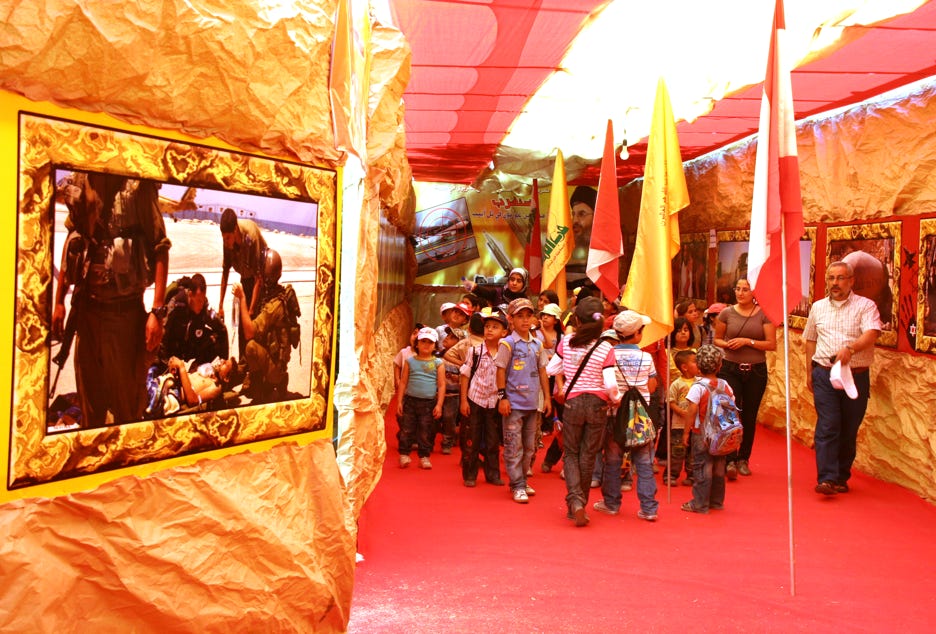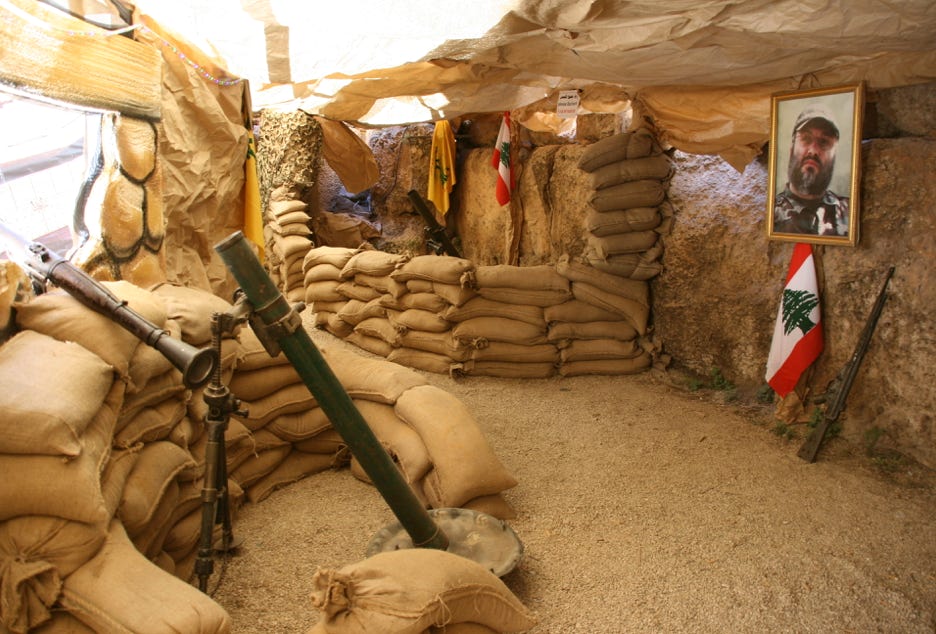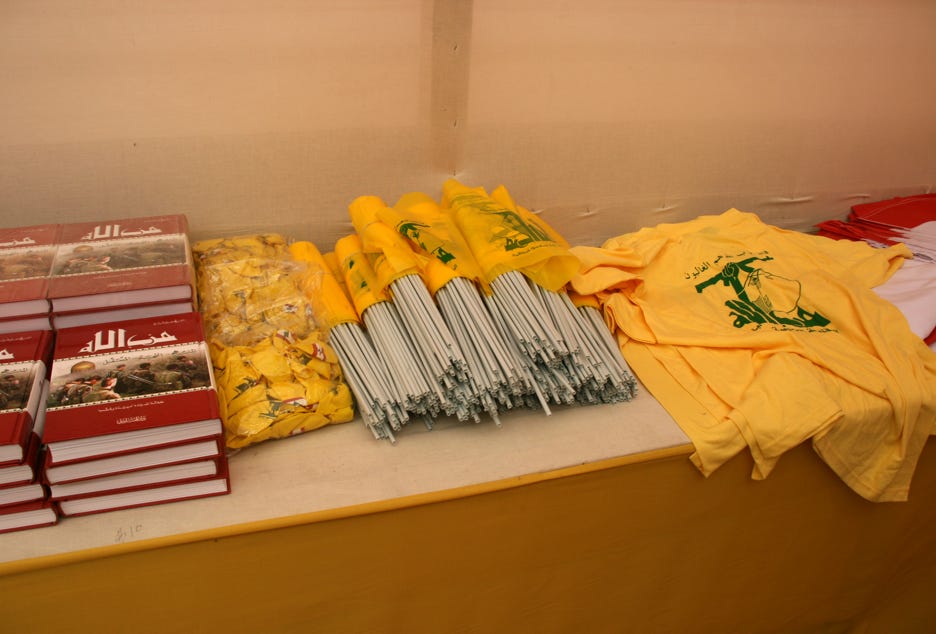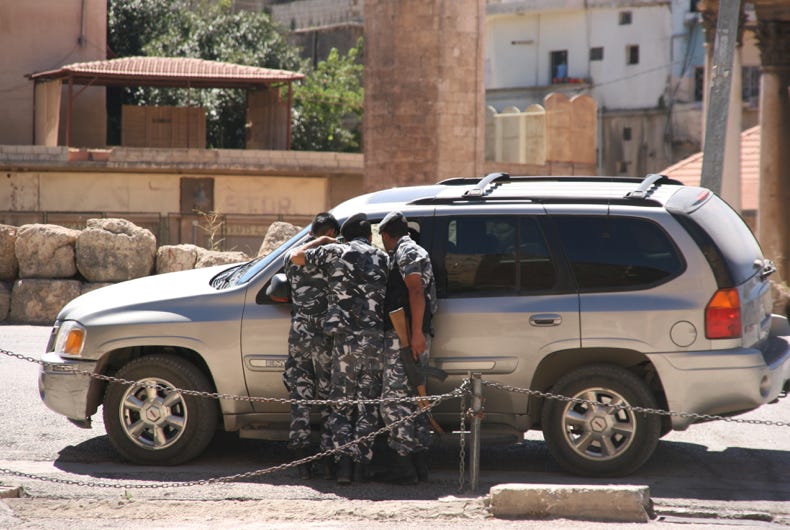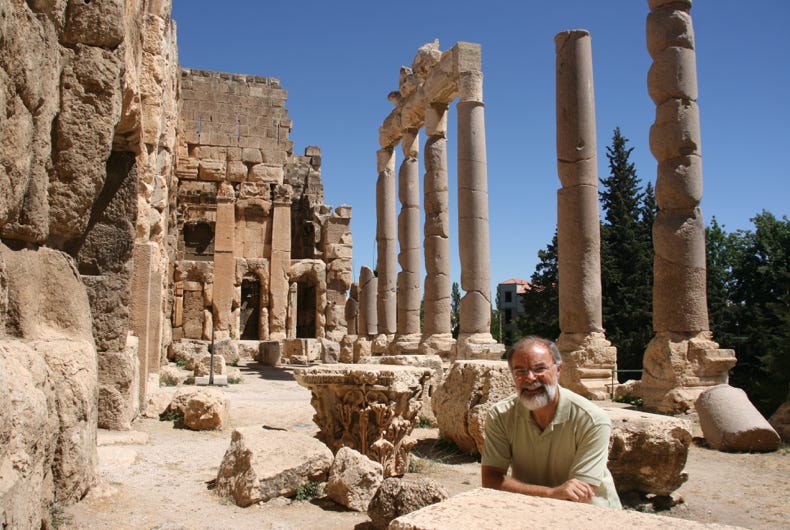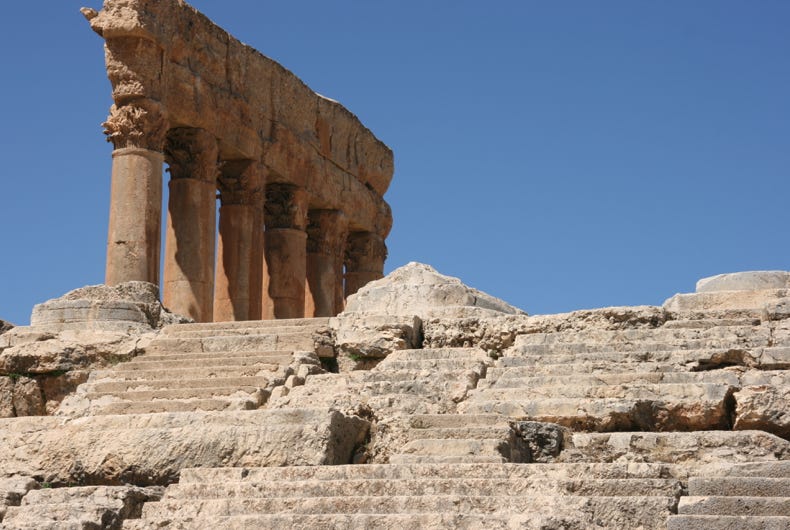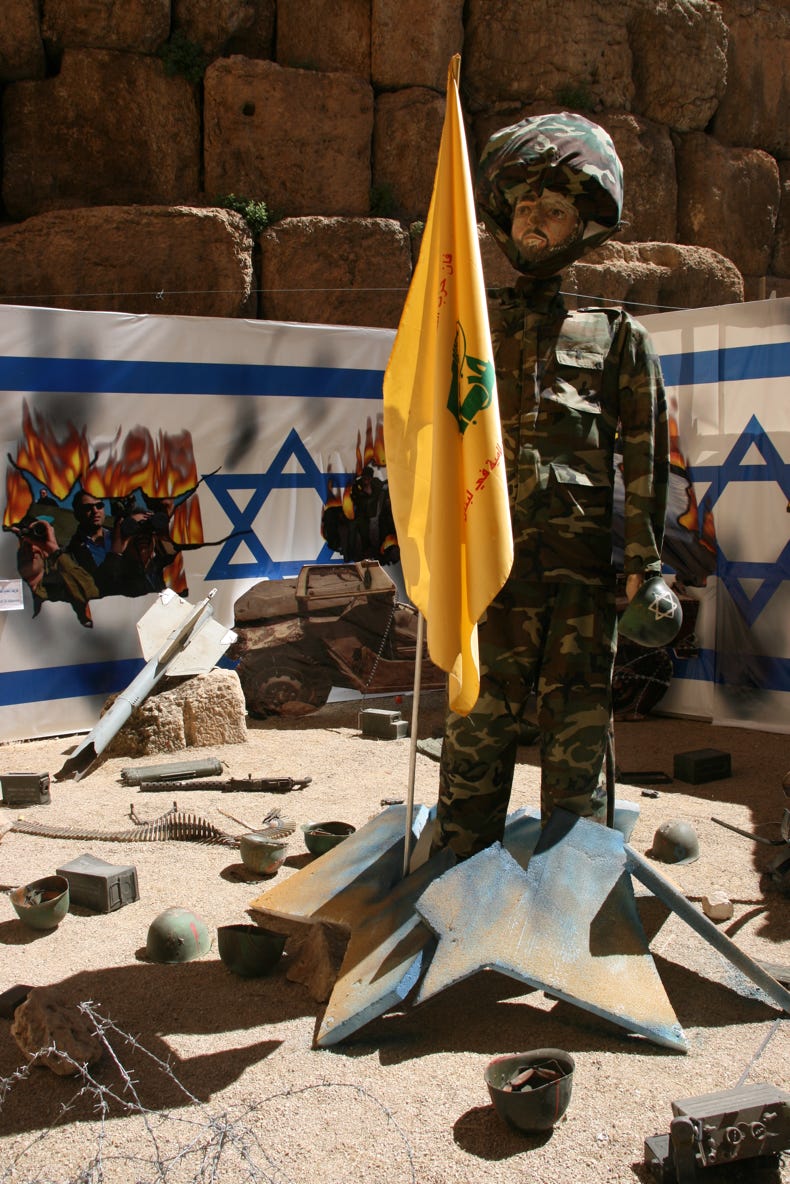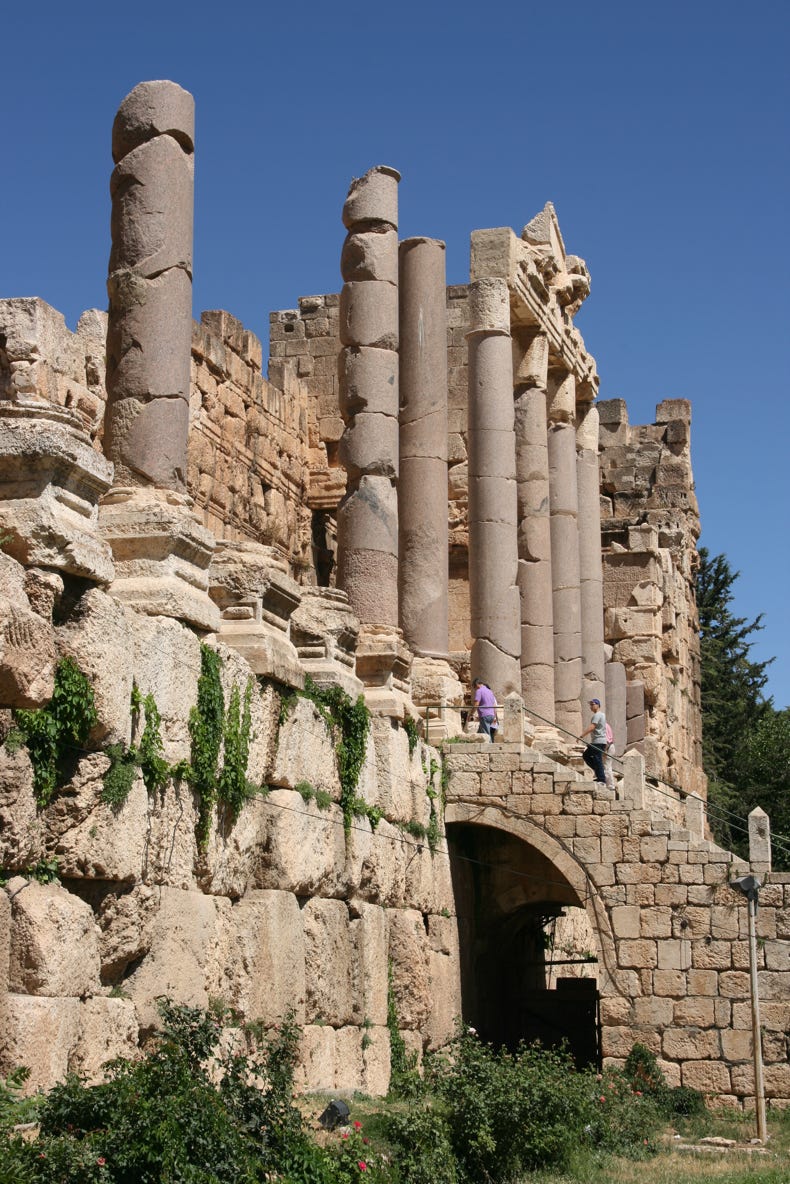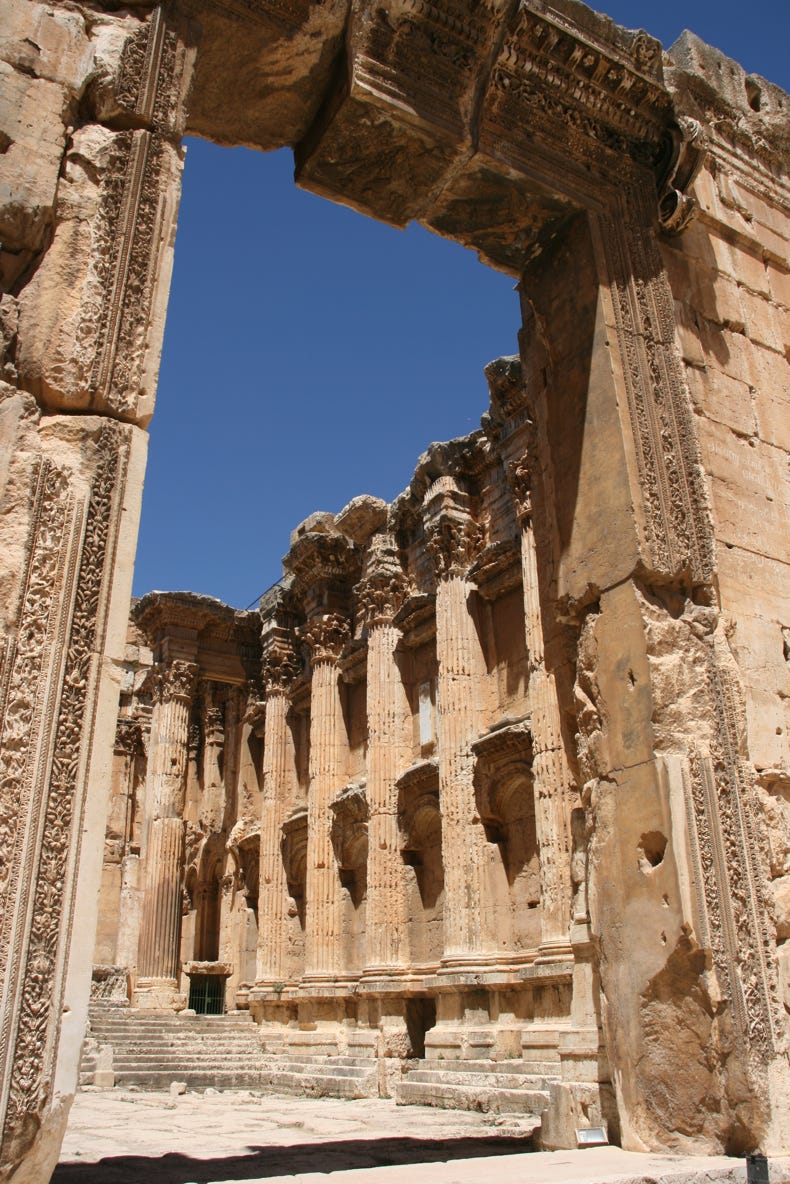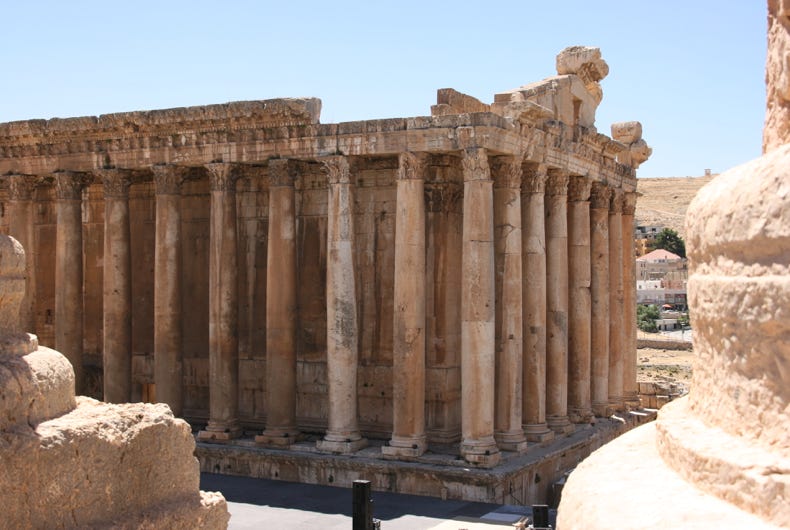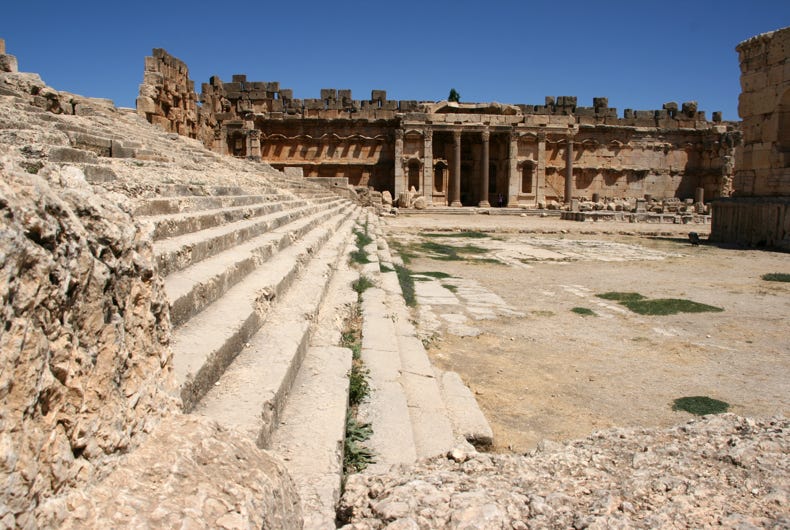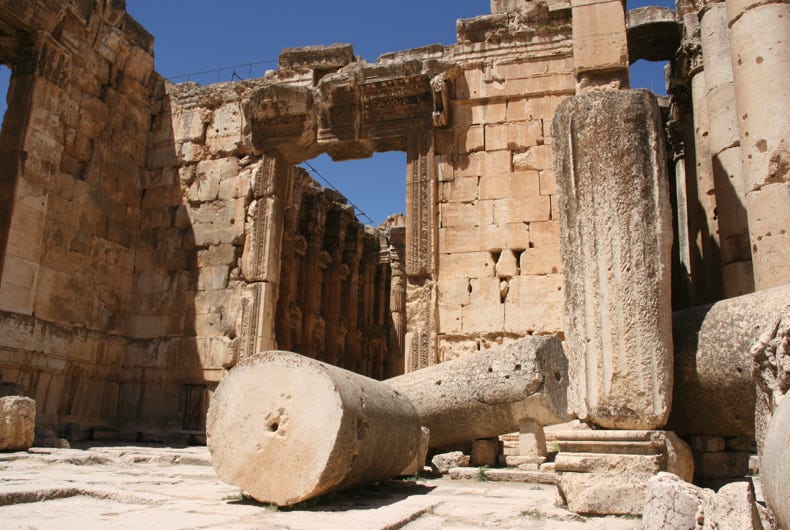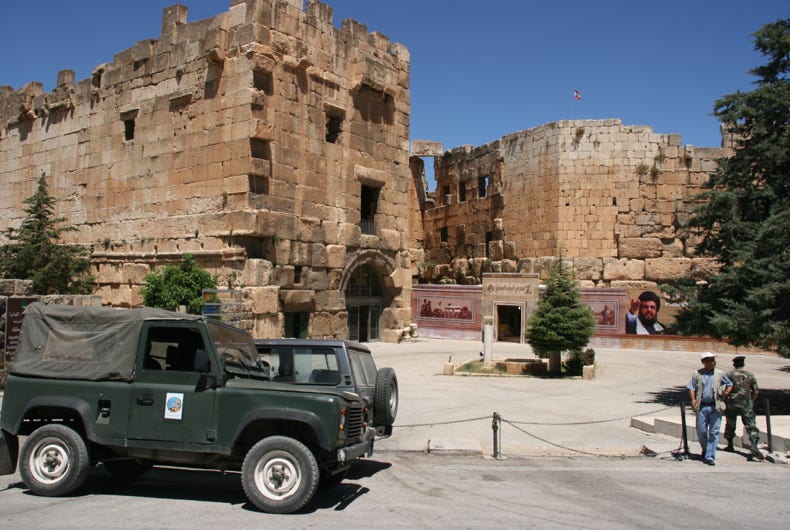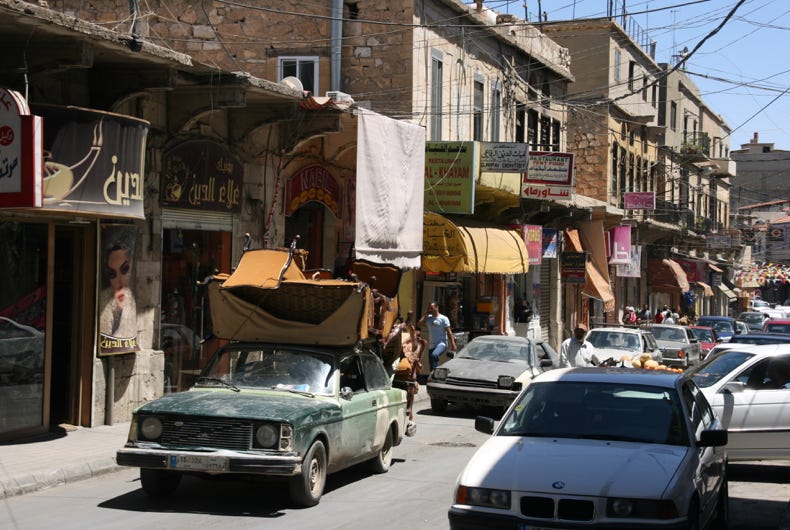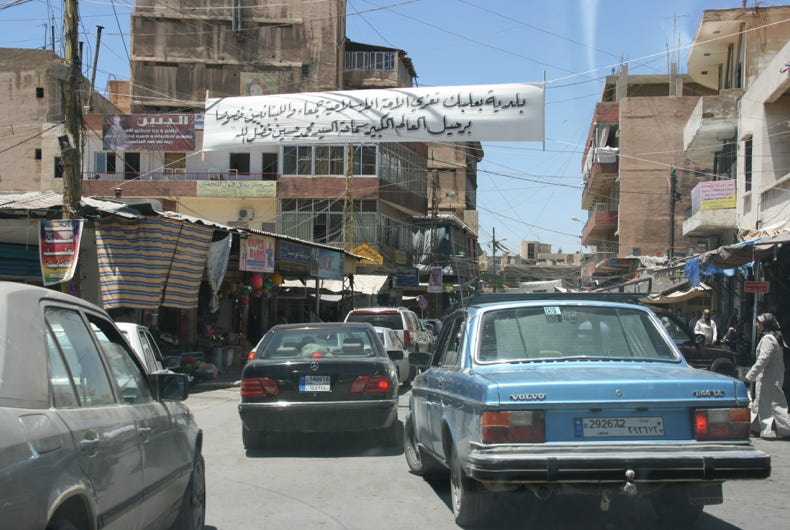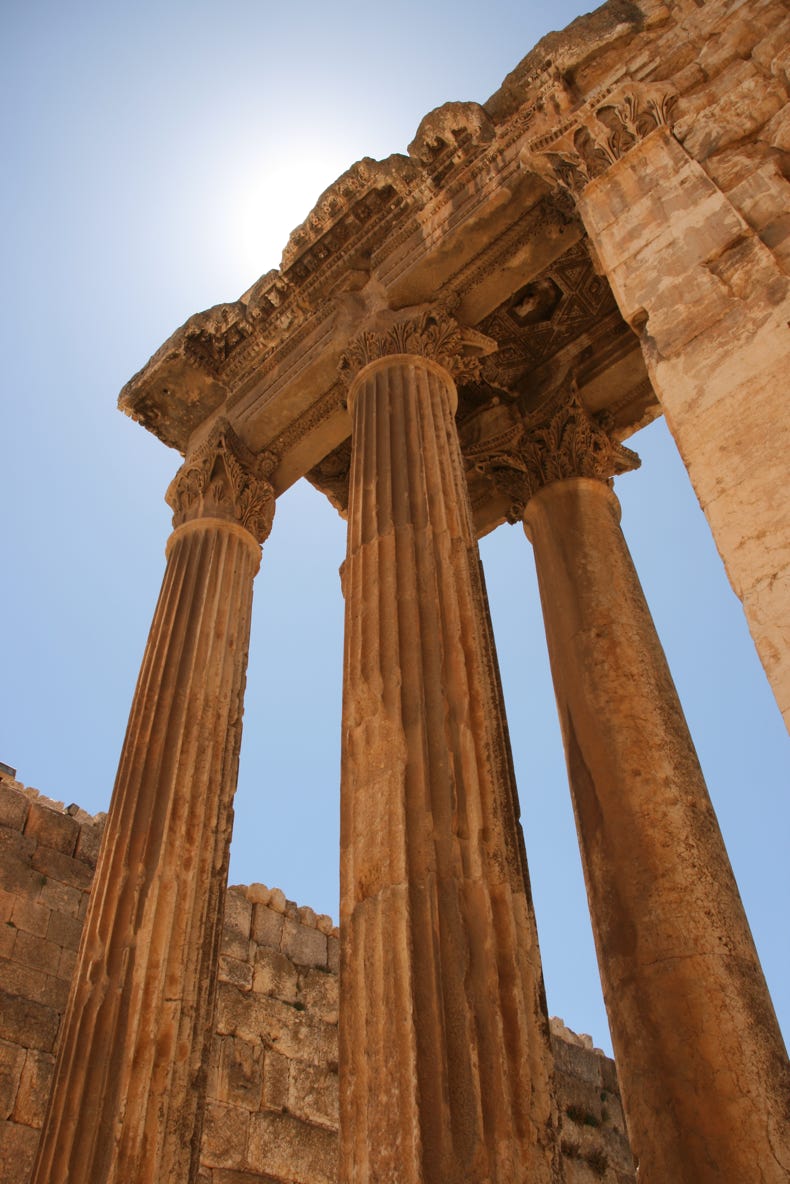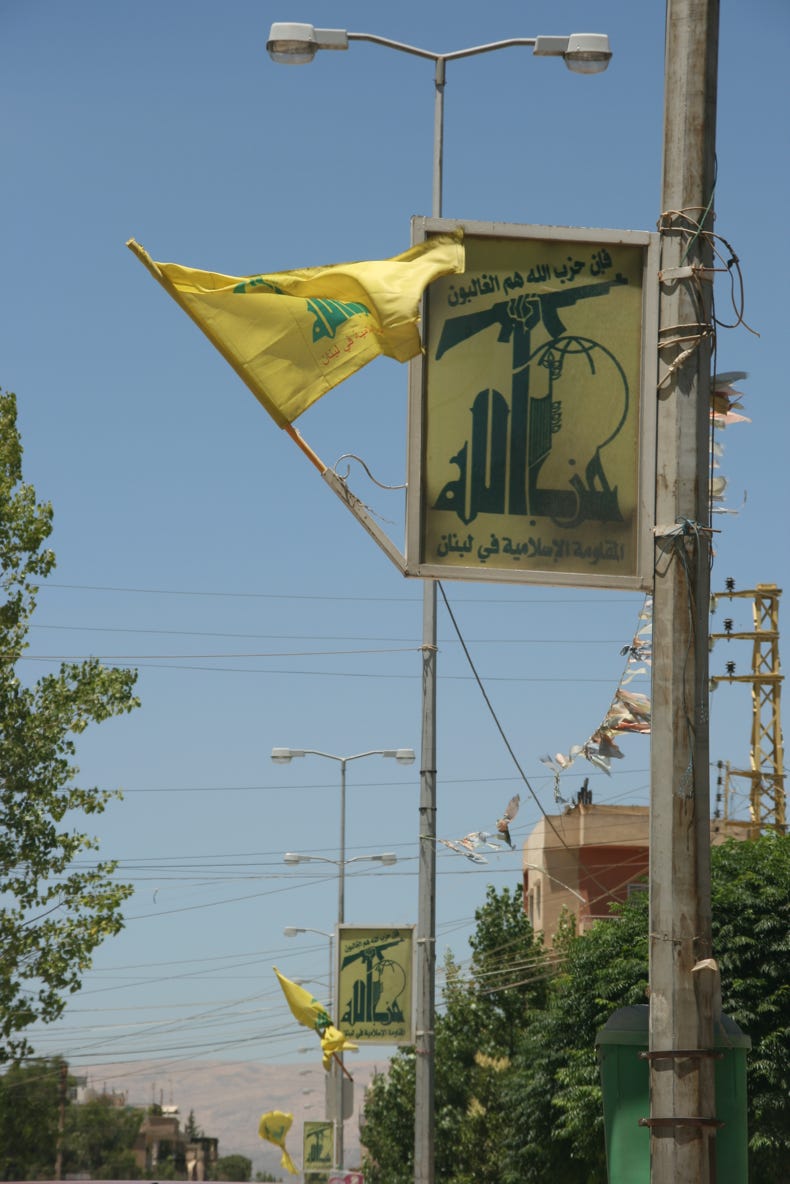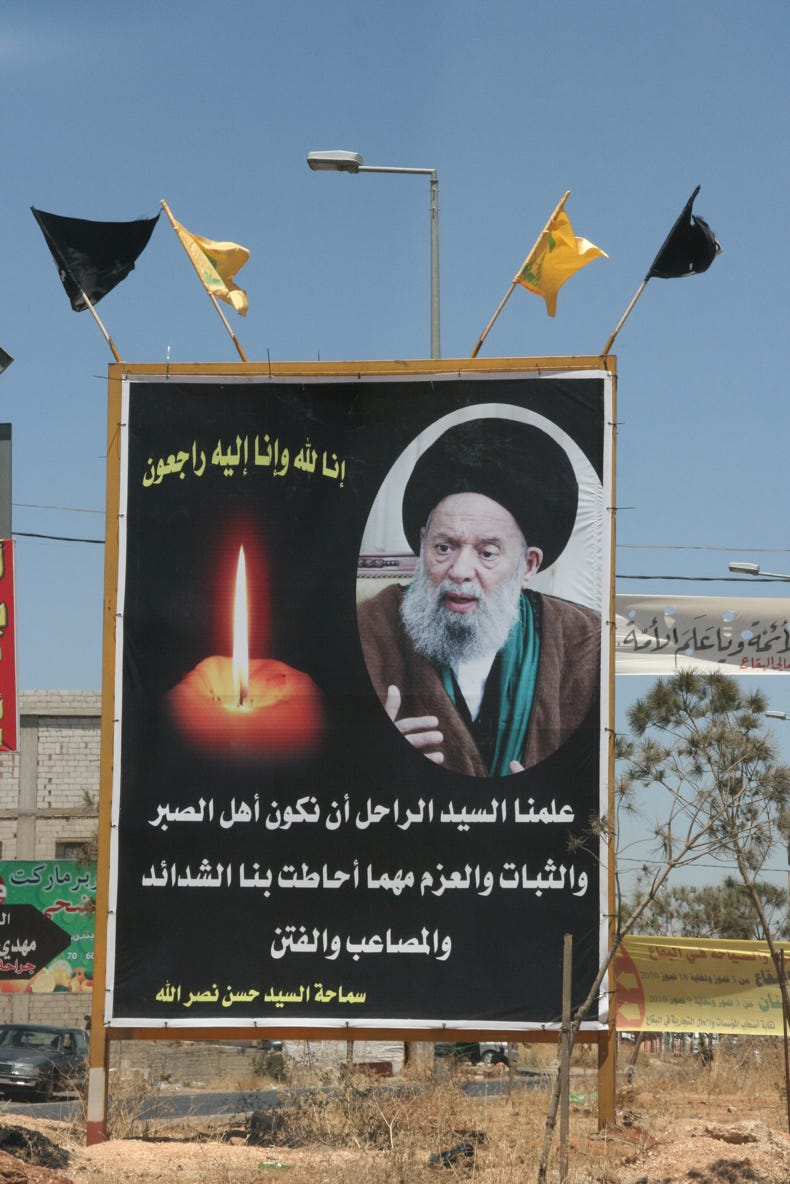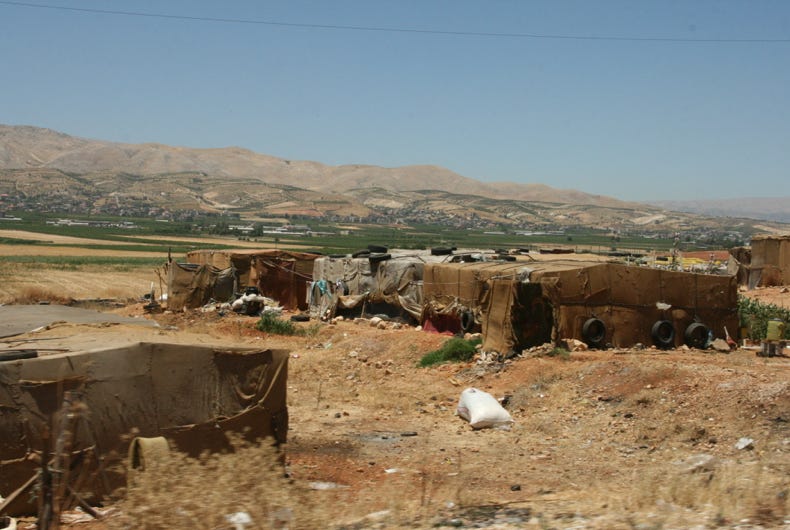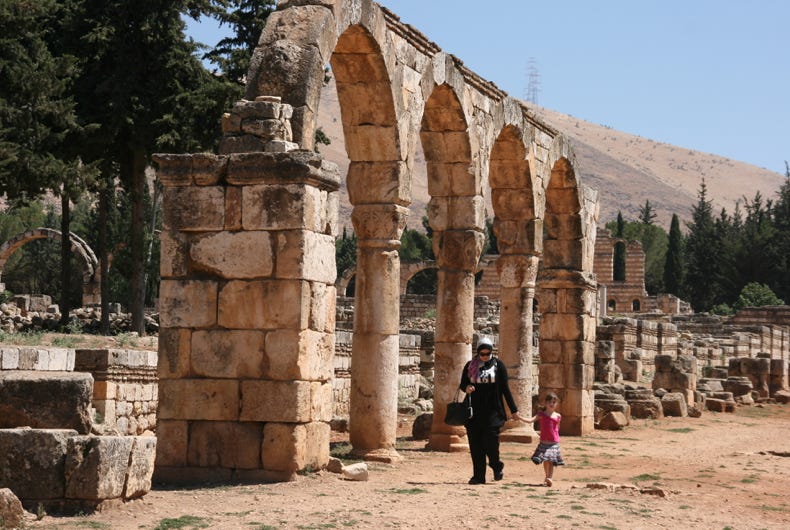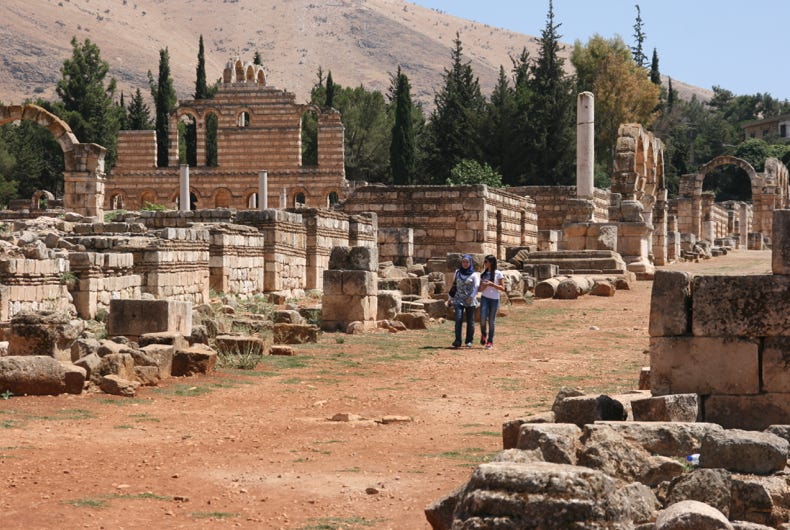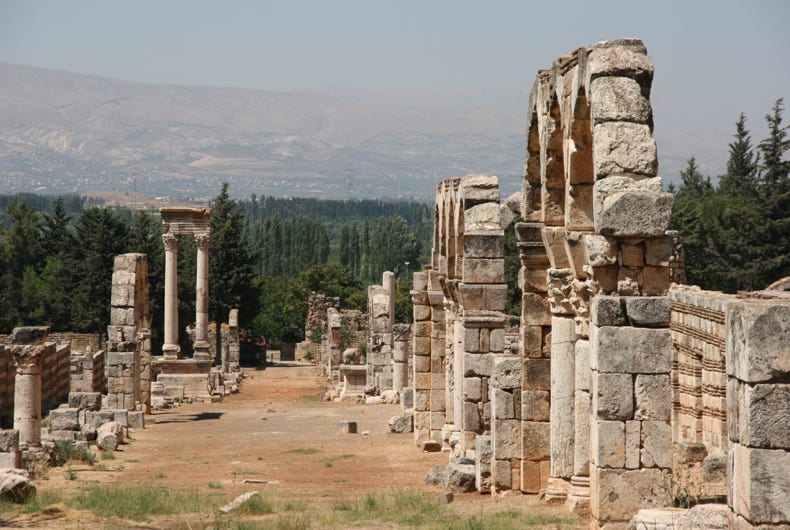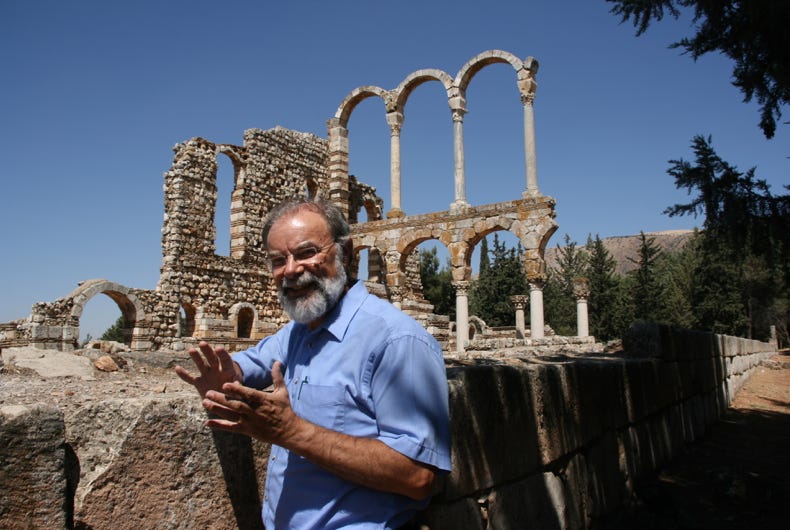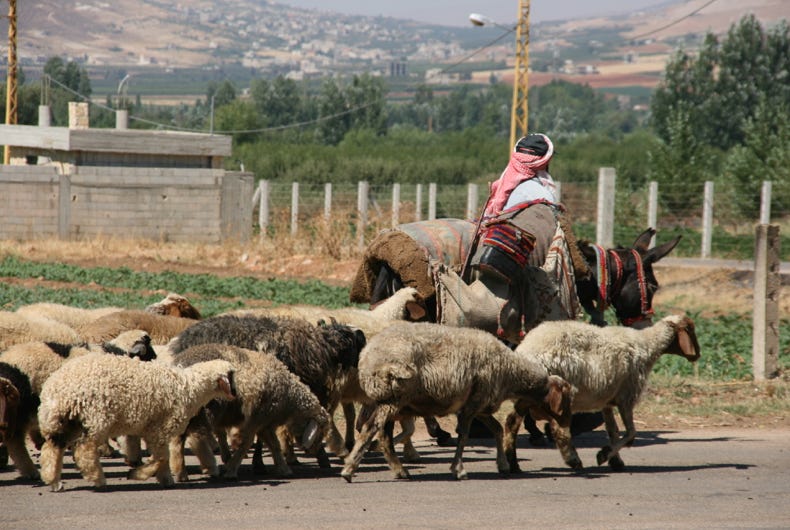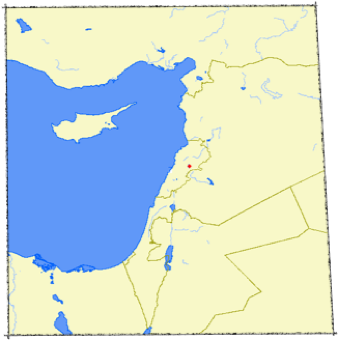
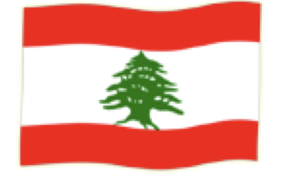

I guess my wife must be right. Di has always said that I can sleep through anything. Last night there were explosions, machine gun fire, and sirens not far from our hotel in Baalbek, and I slept right through them all. Andrew, on the other hand, did not get a great night’s sleep, and went into quite some detail over breakfast as he described the sounds of the previous night!
As I mentioned in yesterday’s diary, Baalbek is the stronghold of the Hezbollah, which is intent on the elimination of Israel as a Jewish state, and which the US has labelled as a terrorist organisation. Baalbek is certainly a far cry from Beirut. Whereas Beirut is a demonstration of how a city can emerge afresh and confident from years of civil war and bombings, Baalbek is a place where the struggle still seems to simmer beneath the surface.
Whereas Beirut positively embraces outsiders and gives the impression of wanting to be European (or at least cosmopolitan), Baalbek is a deeply conservative and much poorer city that seems more comfortable embracing the isolation and security of those who are already well known to the local people.
It is also a city with a very strong military presence, with road blocks, concrete embankments, tanks, armoured personnel carriers, barbed wire, and gun carrying soldiers in many of the streets.
The Hezbollah influence is everywhere in Baalbek. The mosques fly Hezbollah flags, the streets are lined with Hezbollah banners and flags, and most astonishing of all, when we went to visit Baalbek’s main attraction (its ruins) this morning, we were first shown to the Hezbollah Resistance Centre, which was essentially an information and photographic display about the situation in Israel / Palestine from a very unambiguous Hezbollah perspective. The entrance is marked by a huge banner which provocatively shows various places in Israel as targets for attack.
The exhibition itself was an amazing spectacle. There was a gallery of extremely explicit photographs showing the injuries and devastation caused by Israeli attacks on Palestinians and Hezbollah positions, which must have been quite an experience for the group of young primary school students who came to visit on an excursion while we were there. There was an outside gallery with large photographs and posters of the recent Israel attack on the convoy of ships taking supplies to Gaza, and there was an extensive display simulating underground bunkers, planning centres, stores, and so on, lined with the photos of ‘martyrs’ who had given their lives for the cause through suicide bombings and other means.
In the middle of this area was a statue of a larger-than-life soldier holding a Hezbollah flag, rising through a smashed blue star of David. And then, in a totally different genre, there was a souvenir stall near the exit where one could buy Hezbollah T-shirts, flags, key rings and balloons, among some more serious items such as literature, CDs of militant music and portraits of (mainly Iranian) religious leaders. I don’t think I have ever experienced a display quite like this one – and I’m saying that as someone who has visited North Korea several times.
Having caught our breath from visiting the Hezbollah Resistance Centre, we turned our attention to Baalbek’s more conventional main attraction, the extensive Roman ruins. These were probably the best preserved Roman ruins we had seen in the Middle East, and they were magnificent for their size and relatively good state of preservation.
The ruins focussed on three temples, although to approach them we had to pass through a large forecourt and the Great Court area. Having passed through the Great Court, we came to the largest temple, one that had been dedicated to Jupiter when it was completed in the year 90 AD. Today, most of the temple has been destroyed, and all that remains are six immense stone columns.
A short walk took us to the second temple, not quite as large, but much better preserved. Completed in the year 150 AD, it was dedicated to Bacchus, the Roman god of drinking wine. Remarkably, this temple has largely survived the various transitions on Baalbek from paganism to Christianity to Islam. The third temple was the Temple of Venus, and was not nearly as well preserved as the temple of Bacchus.
Our visit to Baalbek revealed a different side of Lebanon to anything we had previously seen - indeed, it revealed several sides of Lebanon. Fascinating (and chaotic) though Baalbek was, we needed to start the journey back to Beirut to catch a late evening flight out of the country. Thus, at about 1 pm, we started the journey south-west, making just one diversionary stop at Aanjar, an old settlement near Lebanon’s south-east border, just a few kilometres from Syria.
Aanjar was a different type of archeological site to any of the others we had seen, being a 1300 year old Umayyad city. The Umayyads were an early Muslim group that controlled the area, and they built this city in the period 705 to 710 AD. The Umayyads built their city along Roman lines, however, except that instead of one main colonnaded street through the centre of the city, there were bisecting colonnaded streets at 90 degrees to each other. There were several structures still standing (or partly so), which with a little imagination, did give some impression of how the city may have looked in its heyday.
Following our walk around Aanjar, we took the time to have a cool drink in the shade near the city gate, during which time we saw two herds of sheep being driven along the street by their shepherds. Then it was time to negotiate once again the chaos of Lebanon’s roads and drive to the airport. Like our experience in Jordan, we had arranged to meet a representative from the rental company at the departures drop off point. And like our experience in Jordan, no-one was there. The time we had arranged to meet was 6:30 pm, so at 7:00 pm we made a phone call to them to ask what was happening – not an easy task as I had no mobile phone reception in Lebanon, and the only public phones in the airport required the purchase of a 10,000 lire phone card (about US$7).
I waited with the car while Andrew went and phoned, finally getting through at 7:20 pm. They were very apologetic for the mistake and promised to have someone with us in 5 minutes. Twenty minutes later, two men arrived on a motor scooter, inspected the car, decided there wasn’t enough petrol to be considered ‘full’ and slapped an extra US$45 onto the bill (which they could not be prevented from doing because I had to sign a blank credit card slip at the time I collected the car). I won’t be using Sixt Rental Cars again, and I won’t be renting any more cars for an airport drop off from companies that do not have an office at the airport!
After the agony of returning the rental car, we checked in to our flight, which left for Amman at 10:35 pm. After an hour’s transit in Amman we took our flight to Erbil in Iraqi Kurdistan, arriving at 2:45 am (on Friday 9th July). And what could be better at 3 am in the morning than to discover our luggage had missed the connection! That meant a walk to the departures terminal, completing a report, photocopying passports and other documents, to be told eventually that we should phone at 9 am the following day (i.e. Saturday 10th July) to see if the bags had arrived on that day’s early morning flight. Presuming the bags do arrive, we will have to go to the airport to collect them, because security regulations here prevent the airline taking the bags from the airport compound.
So I guess we will be wearing the same clothes for the next couple of days that we have been wearing through Lebanon over the past couple of days.
Well, it has been a long day, and one that has lacked some of the more glamorous aspects of travel. I am typing this at 4:20 am, which suggests it might be time to grab some sleep.

